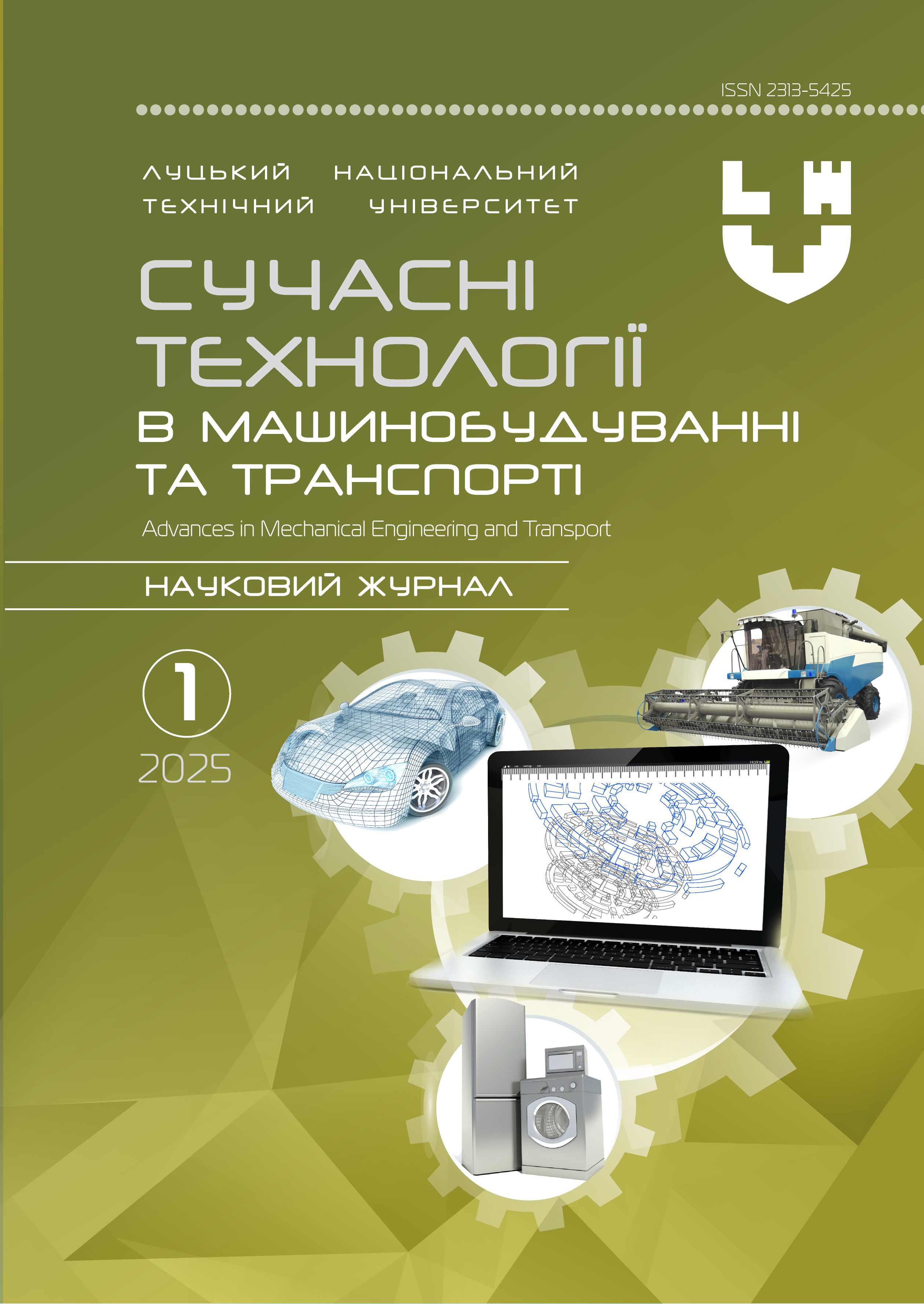ANALYSIS OF METHODS FOR CALCULATING FRACTAL DIMENSION AS A TOOL FOR ENHANCING PERFORMANCE AND SAFETY CHARACTERISTICS OF AUTOMOTIVE TRANSPORT OBJECTS
Abstract
This paper is devoted to developing a concept for the effective utilization of methods for analyzing and calculating the fractal dimension of models in two-, three-, and multidimensional spaces aimed at solving practical problems related to enhancing qualitative characteristics of automotive transport objects, transport infrastructure, and logistics. The most universal and computationally efficient method for calculating fractal parameters has been identified, opening new possibilities for optimizing modeling processes of real systems and significantly improving the quality of their analysis and forecasting.
Contemporary applied tasks, including those in transportation technologies, are actively progressing towards investigating processes within multidimensional spaces related to the dynamics of chaotic systems behavior. Searching for universal methods and algorithms to calculate fractal parameters for multiparametric object models within arbitrary-dimensional spaces, particularly those changing their properties over time, requires additional research for generalization.
The analysis of literature sources revealed that previous research still contains several unresolved issues regarding fractal analysis. These formed the basis for formulating the tasks addressed in this paper, including classification of methods for calculating fractal dimension as tools for solving practical problems across various scientific and technological fields; investigation of computational algorithms for determining fractal parameters of objects concerning their potential for generalization and use in spaces of arbitrary dimensionality; and identification of interdependencies and interrelations between fractal parameters of quasi-fractal and multifractal computational models and the technological, technical, and economic characteristics of objects and processes within the automotive industry. Based on these, ways to develop a practical method for calculating and analyzing fractal objects, characterized primarily by universality and standardization, have been outlined.
The research carried out in this study regarding the capabilities of the analyzed methods for calculating fractal dimensions, their classification according to defining characteristics, and the analysis of their algorithmic foundations led to the conclusion that the Box-Counting Method is the most effective and universal. It enables clear visualization of geometric complexity in models and their self-organization. The algorithm of this method is relatively simple and allows quantitative assessment of the hierarchical order and structural chaos level in studied objects, directly influencing accurate determination of relationships between fractal parameters and technological properties of real physical phenomena and processes.
A concept for improving the most universal Box-Counting method is proposed, with outlined directions for extending and deepening its theoretical, methodological, and algorithmic components. The idea of calculating fractal parameters for object models in spaces of arbitrary dimensions through continuous dimensionality reduction is introduced. Practically, this procedure resembles gradual stratification of a multidimensional object into separate layers of varying dimensionality, determining fractal parameters of these layers, and consolidating geometric data into a unified information framework. Such fractal scanning allows for adjusting individual layers, elements, or nodes within the model to further improve its technological and technical properties.
Keywords: fractal dimension, technological and performance characteristics of transport objects, multidimensional space, concept of interrelation between geometric parameters and qualitative properties of transport infrastructure objects.




